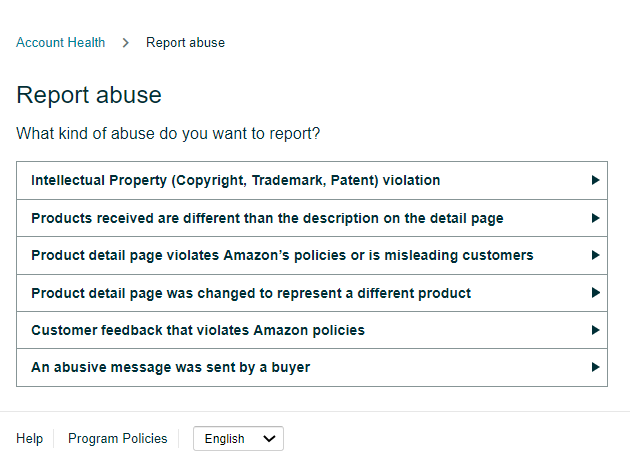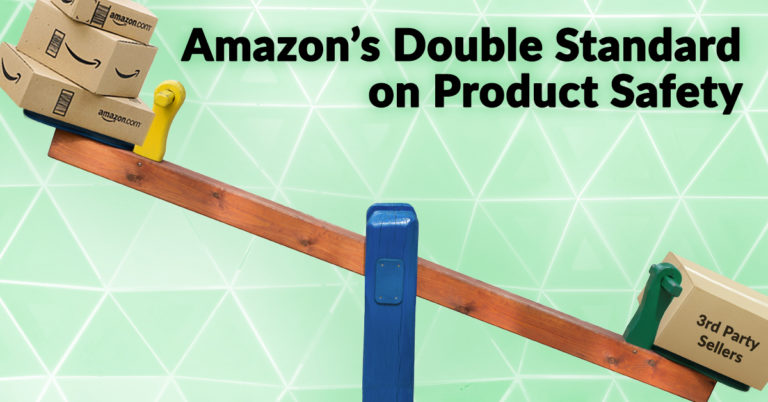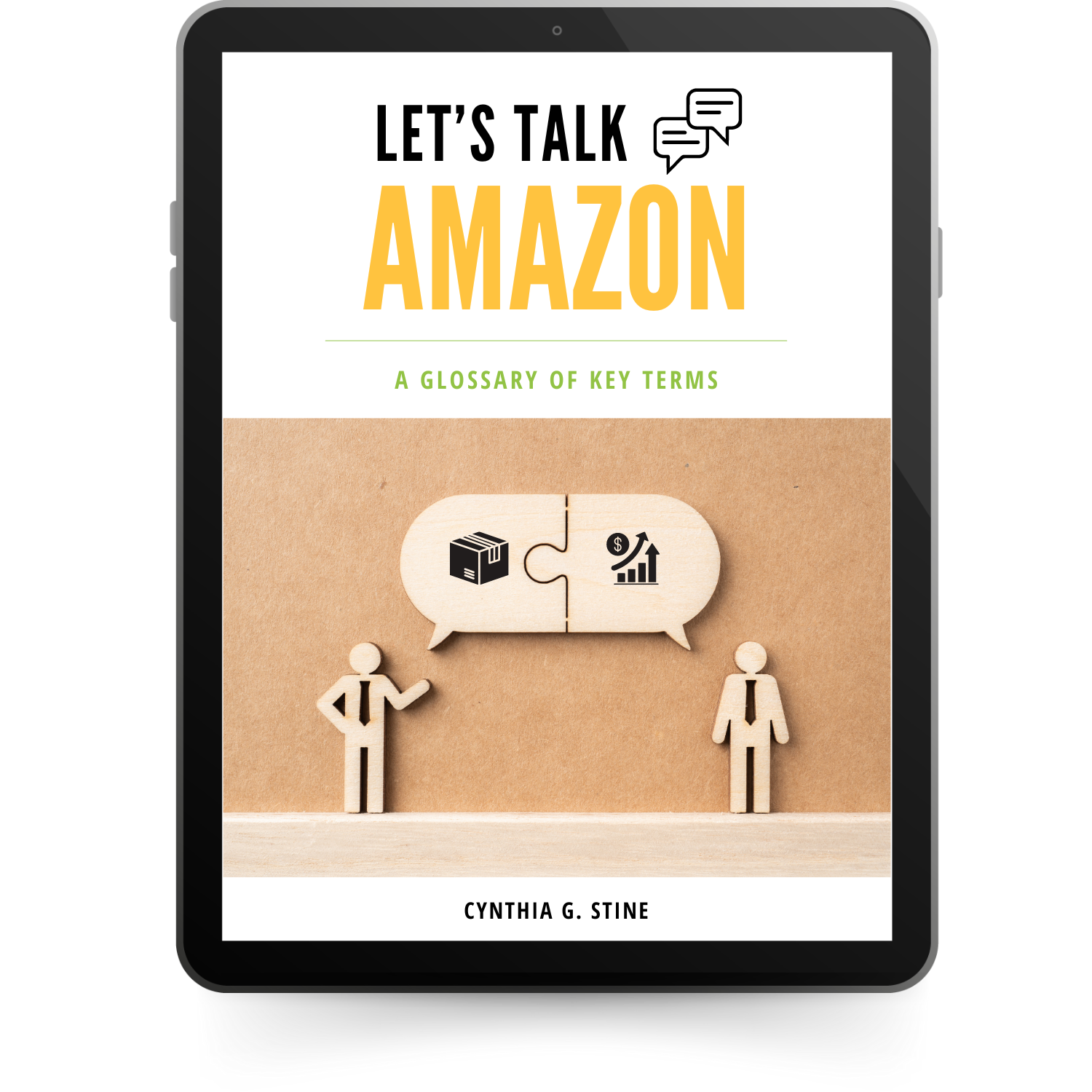As I read CNN’s long expose’ on product safety for Amazon’s AmazonBasics brand, my eyes bugged out of my head. It was shocking to see just how much of a double standard Amazon applies to its branded products versus those of 3P sellers.
We have clients whose accounts are suspended for just one safety complaint, but Amazon seems to gather them by the dozens on its own products. And when it happens to a seller, it can take a very long time to get back. After reading this article, I ran around my house and pulled all my Amazon Basics products and threw them in a pile for recycling. It’s not worth the risk.
Since we don’t get Amazon’s generous indulgence against safety complaints, here’s what you need to know:
- Amazon is looking for proof of safety. This might take the form of a COA (certificate of analysis), certifications or proof of compliance with industry standards. It depends on your product quality. Anything categorized as a medical device or having health benefits usually needs an FDA certificate.
- Your packaging needs to have all certifications on it. For this reason, they’ll ask you to send pictures of your packaging. Whether its UL, CE, or some other industry standard, it needs to be on your packaging – and you must provide proof of compliance.
- Third-party independence. You may test your own products in-house, but when Amazon wants proof, you need to provide it from an independent lab.
- Recent. If you are batch testing your products as you should, then Amazon expects an independent lab analysis from within the past three months. UL manufacturers must provide proof of being in good standing with the UL within the past year.
- Instructions. Every product should have instructions on how to use the product. It can be a manual, a paragraph on the box (“Take once daily with food”), an insert – just so it’s clear. It needs to identify proper use, and if you sell in multiple countries, it needs to be in multiple languages. If there are possible side effects or bad consequences from improper use, it needs to say that. “Do not run cord under a door or anything that could compress it.”
- Recall. If you are constantly getting the same type of safety complaint, take it off the platform until you can figure out why. This seems obvious, but you’d be surprised how much resistance we get from sellers when we tell them this. Had they responded immediately, they may not have been suspended. (It depends on the complaint.)
- Invoices. If the product is not your brand, Amazon will want to see proof that your product is authentic.
This is part of why it can take a long time to get reinstated from a safety complaint. Many of our clients must get their products tested which can take a couple of weeks. They must dig up proof that their manufacturer is UL certified or is an FDA certified facility or whatever fits their product category.
The best way to recover quickly from a safety complaint is to have all your tests, certifications, and product pictures ready to go at any time.
Cynthia Stine, Amazon Consultant Tweet
By the way, if you are as outraged as we are by the CNN story, head over to our group and share. We’re plenty mad on behalf of honest sellers who must live with this double standard.
Amazon’s Buyer-Seller Messaging Platform Explained to Sellers
Amazon surprised us recently by updating its policies on how to use the buyer-seller messaging platform. It is so granular and detailed; it prints off on three single-spaced pages – small font. While most sellers were having a “TL; DR” moment, we dug in.
Very little of it was new to us, but it was new for Amazon to specifically state its policy. Because so many sellers are still losing their ability to send emails through the platform, here are the highlights:
- ONE email asking for a review. Just one.
- Neutral – NOTHING can imply a positive review, including an “If…then” sentence style. “If you are happy, then please leave us a review. If you need help, then please contact us.” You CANNOT do that. They are very clear on that.
- NO INCENTIVES – This means no discounts/coupons/offers or money. This is not only in your review emails but ANY emails to buyers.
- You can lose your privileges forever. They give you one warning with a 30 day “punishment,” and if you don’t proactively fix your emails, you’ll lose your ability to send proactive emails forever except one-by-one through the platform. This is not reversible. We’ve tried. Once you are banned, you are banned from sending automated emails.
- No cancellations. You can’t ask buyers to submit an order cancellation request. Ever.
- No instructions for updating their review. We’ve gotten mixed messages from Amazon on this for years. They have a specific template that tells buyers how to change/update their reviews and you can use it (no editing), but you can’t REQUEST the removal or update of an existing product review. I stated previously that if you use the template language word for word you should be OK. However, with the way they’ve written it now, it may be that you can only send that message IF the buyer ASKS YOU how to change their review. I know that sellers will use this language in their emails to imply that a buyer should change their review no matter what I say, so I’ll update everyone if we start seeing suspensions. So far, we have NOT and that template language from Amazon has been available for some time now.
- No images that do not relate to your brand or company. They are saying no cartoon characters, no images of stars, no emojis, GIFs, etc. Only your logo or brand-related images are allowed. You can’t even put in images of your product as Amazon does that in their emails to the buyer.
- No spelling errors or grammar mistakes. This one is going to be tough for some of our clients. I wonder what style guide Amazon uses to determine grammar?
- Buyer’s language. This may seem obvious, but if you are selling in France, your emails to buyers need to be in French. For some countries like Canada, you may need your emails to be in both English and French, or send the correct email based on geography. If you are a global seller, you will need to have different emails for each marketplace, in other words.
- No rebates. I made this separate because I know there is a whole cottage industry around rebates. You cannot talk about rebates in buyer-seller messages. They were specific.
The first three bullets are the most common suspensions we see. Over and over again. Please spare yourself the pain of a suspension and the cost of an Amazon appeal.
In more positive news, they also gave us new tools and clarified when and how we can contact a buyer:
- Amazon-approved templates. You can find them via “Contact Buyer” or “Request a Review” page in Seller Central.
- Forbidden emails. They detail emails that are specifically NOT allowed. This is very helpful. There was a lot of ambiguity in previous versions of this policy.
- Formatting rules. They gave us clear instructions! No centered messages, for example. Read the whole list – there are 11 rules.
- You can use outside software. As long as the provider is approved by Amazon, you can use it. SellerLabs is approved, for example, and this is the first time Amazon has explicitly approved the use of automated email programs. You can look at Amazon’s Supplier Provider Network inside of Seller Central to see which software programs are authorized by Amazon. That being said, please remember that how you use the tool is on you. You can NEVER rely on an outside software or tool being compliant – you must also vet them for yourself. You are on the hook for everything that goes out. If you use Feedback Genius and get suspended, it’s your fault because you didn’t use it compliantly.
Frequently Asked Questions about Buyer-Seller Messages
- I was suspended earlier this year from sending emails for 30 days. Does this mean that the next time I will be permanently banned?
Yes. You’ve been warned. They won’t warn you again.
- Is Amazon now saying that we can include links in our emails?
You can only send links that go back to Amazon. More specifically, you can say “go here to leave a review” and it links to their order on Amazon, or “go here to get help.” However, what you cannot do is include links to your other products. This is not an upselling opportunity. You can include links to your Amazon storefront or your Amazon brand profile, but not your outside website, and not particular products.
- Are there new guidelines about attachments/PDFs?
They aren’t new, but they are clearer. You can include PDFs, but they must follow all the rules of emails. No hyperlinked logos. No outside emails, phone numbers or websites. Attachments can be product instructions, warranty information or invoices. Please note what is NOT included here! If you are selling a frying pan and want to include recipes you can’t. You CAN send instructions how to use the frying pan (“Season your pan first by…” and “handwash only”). Clever sellers will figure out how to turn their PDFs into “instructions,” just be aware of what Amazon is trying to achieve here.
- Is there any compliant way that I can share my website, etc., with buyers through buyer-seller messaging?
Glad you asked! Yes, there is if you are a brand. Stay tuned for an upcoming announcement from us.
- Is Amazon saying we can’t have rebate programs at all?
Technically, Amazon is saying you can’t use the buyer-seller messaging platform. Nor can you make it part of your listing. As the brand owner, if you had a rebate card insert in your package, that MIGHT be OK. Please be aware that all of Amazon’s rules around incentivized reviews still apply to inserts. They consider rebates to be “incentives.” Be careful.
- What does Amazon mean by “unsecure images?”
When you give Amazon the link to your desired images (your logo, a brand hero shot, whatever) they must be https:// and not just http://
- Will Amazon suspend my account if I violate its new communications guidelines or just my ability to send emails?
They said they “may” suspend your account as well, which means “yes.”
- We have until November 3, 2020 to comply. Does that mean Amazon won’t start suspending until then?
Ha ha ha ha! You are so funny. They are already suspending for these policies.
- What does it mean when Amazon says this policy is designed to protect sellers from “unscrupulous actions from your competitors?”
I don’t know. The difference from previous policy is more specificity and clarity rather than new rules. My speculation is that they are signaling that they will be suspending for more activities.
What Do I Do Now?
- Download the rules from Seller Central (you can use this link for a pre-formatted copy).
- Review all your emails to make sure they are still compliant.
- Repeat.
You want to do this now. Sellers have until November 3, 2020 to adopt to the new policy changes. Prime Day is coming up in October and then Black Friday a few weeks after that. Make sure your emails are in good shape now, so you don’t have to worry about them later.
HAVE QUESTIONS?
Are You Compliant?
Seeds of Amazon’s Discontent
In a mass overreaction to world news, Amazon has started suspending all seeds from all foreign providers including friendly countries like Canada, even though the bad actor tactic exposed by the media is primarily implemented by mainland Chinese sellers.
We have clients right now who are based in Canada who can’t sell tomato seeds into the US. They are establishing a US office so they can sell again.
But this is the tip of the iceberg. The real issue that’s becoming public is bad actor behavior – and Amazon doesn’t want that. They are afraid that if the media or Congress digs in, they’ll see just how huge an issue this really is.
What’s different about this week as opposed to the past two years that I’ve been talking about bad actors is that serious researchers and media are spending time and money to dig in. I get calls from new members of the media nearly every week, as well as reporters I’ve worked with for years. I’m hopeful.
Review manipulation is continuing to gather momentum. Large investment firms and university researchers are starting to write papers about bad actors on the platform, and it’s not just about counterfeit. UCLA researchers are investigating whether platforms have an incentive to let review manipulators run amok (they used scientific words). I look forward to seeing the final results.
And in other bad news for Amazon, it was announced that it just removed 7 of its top 10 buyer reviewers in the UK for massive review fraud. This amounted to approximately 20,000 reviews. While I’m glad Amazon is acting against bad buyers, there was no mention of action being taken against the sellers who hired them. It wouldn’t be hard to figure out who they were, right? Right. But they’re Chinese so Amazon can’t act against them. Even if Amazon suspends all their accounts, they have plenty more and won’t miss a beat.
When will Amazon acknowledge that its Chinese experiment has failed?
Amazon Prime Day to Merge with Black Friday?
According to reported rumors, Black Friday deals are starting October 26th this year. Considering that Prime Day is rumored to be October 12, that’s a long deals and sales season. While Prime Day is for Prime members, the deals beginning on October 26 will be for everyone. There will be a one-week pause in November and then Black Friday.
How will this affect sellers? In the groups I’m in, there’s a lot of consternation because sellers are restricted from sending in a lot of inventory. When they do send inventory, it can sit for days or weeks before going live on the platform; this means it’s not selling which means they can’t send in more inventory. In short, it’s hard to plan. Meanwhile, Amazon is exhorting sellers to keep inventory in stock! It’s maddening.
Many sellers will be Merchant Fulfilling this year simply because they can’t send all their inventory into Amazon. In addition, sellers don’t believe that Amazon is up for the volume this year. They are worried about lost and late packages just like earlier in the pandemic.
You can bet sellers will be getting their holiday shopping done early this year.
How is this state of affairs affecting your business?
We can’t make Amazon get its act together, but we can help you get prepared by making sure your account is compliant and current — from reviewing your listings to taking care of suspected infringement complaints and other violations to handling the time-consuming and tedious admin tasks that Amazon makes you do every week. From shipping reconciliations to reimbursements to stranded inventory…don’t you have better things to do?
4 Simple Steps to Increase Your Profit Margin
New Account Health Feature

Upcoming Events Join Us
Virtual/Online
In this joint webinar with Feedvisor, Cynthia revealed a specific plan of action brands can leverage to preserve their brand equity by effectively tackling counterfeits and removing unauthorized sellers from their listings.




